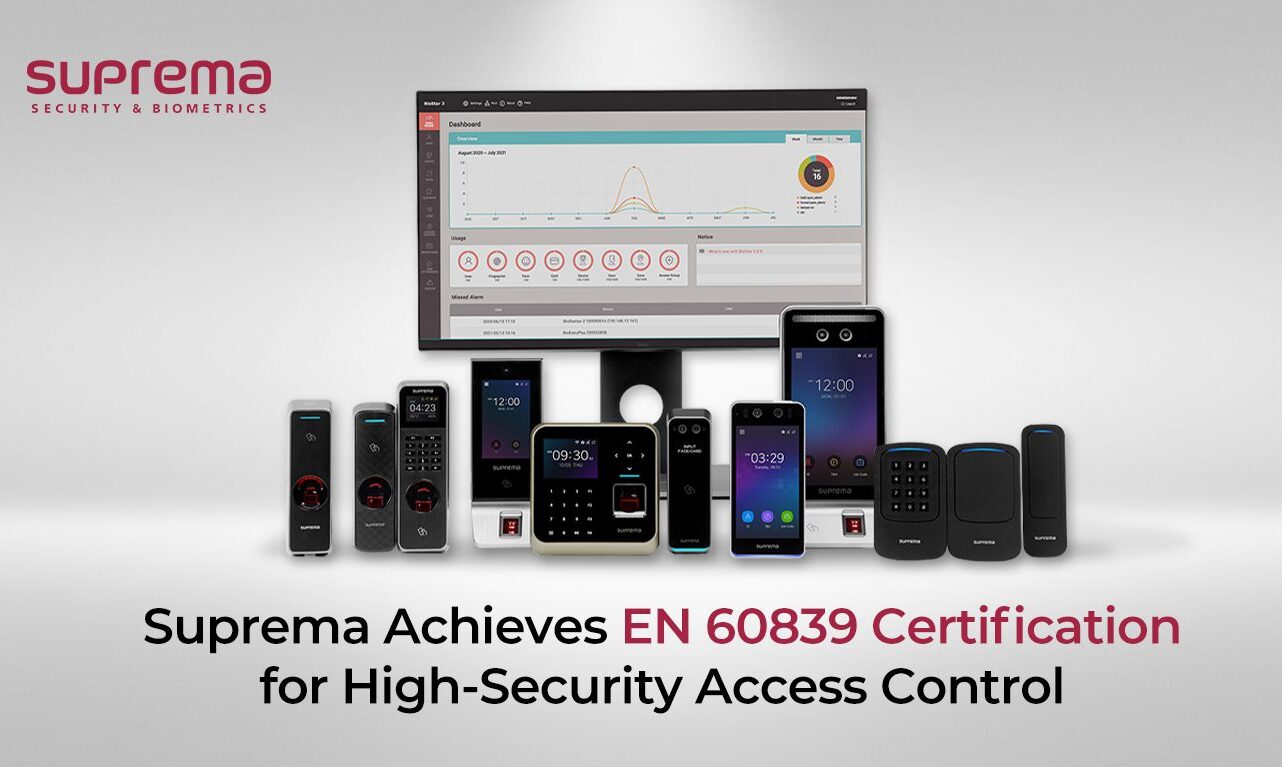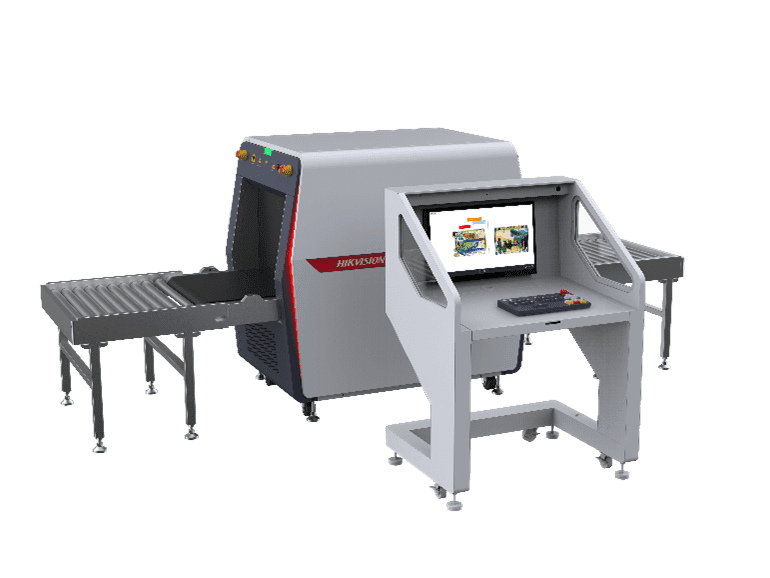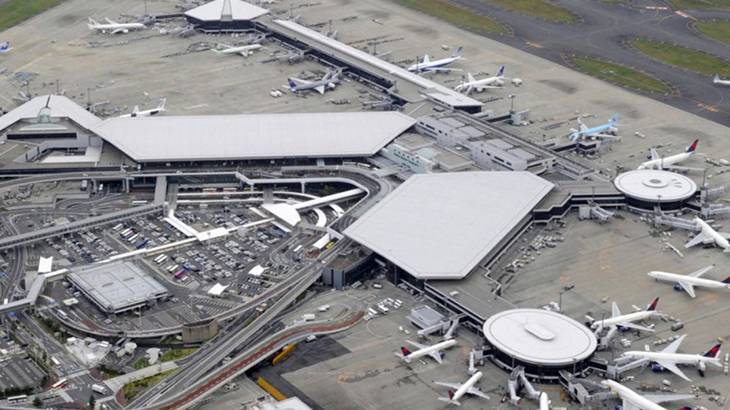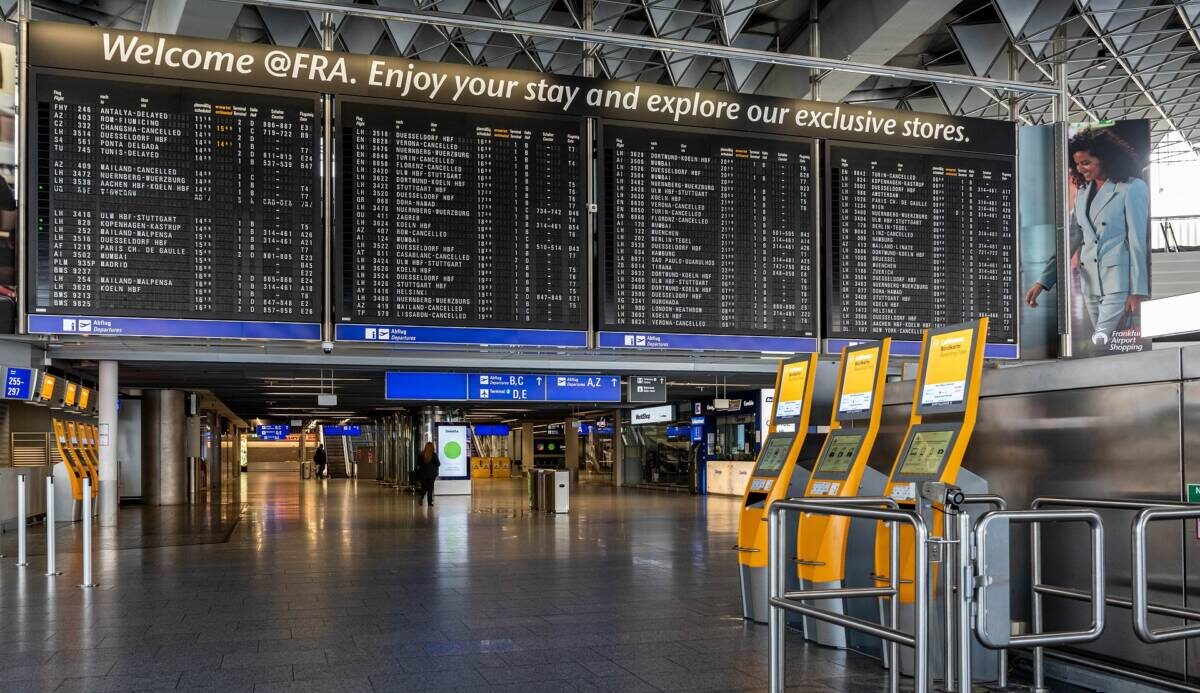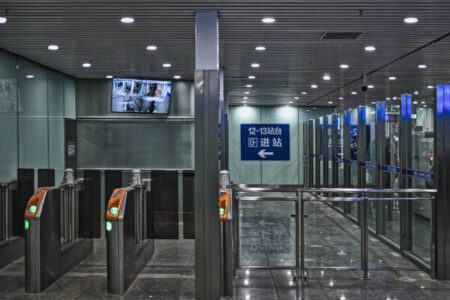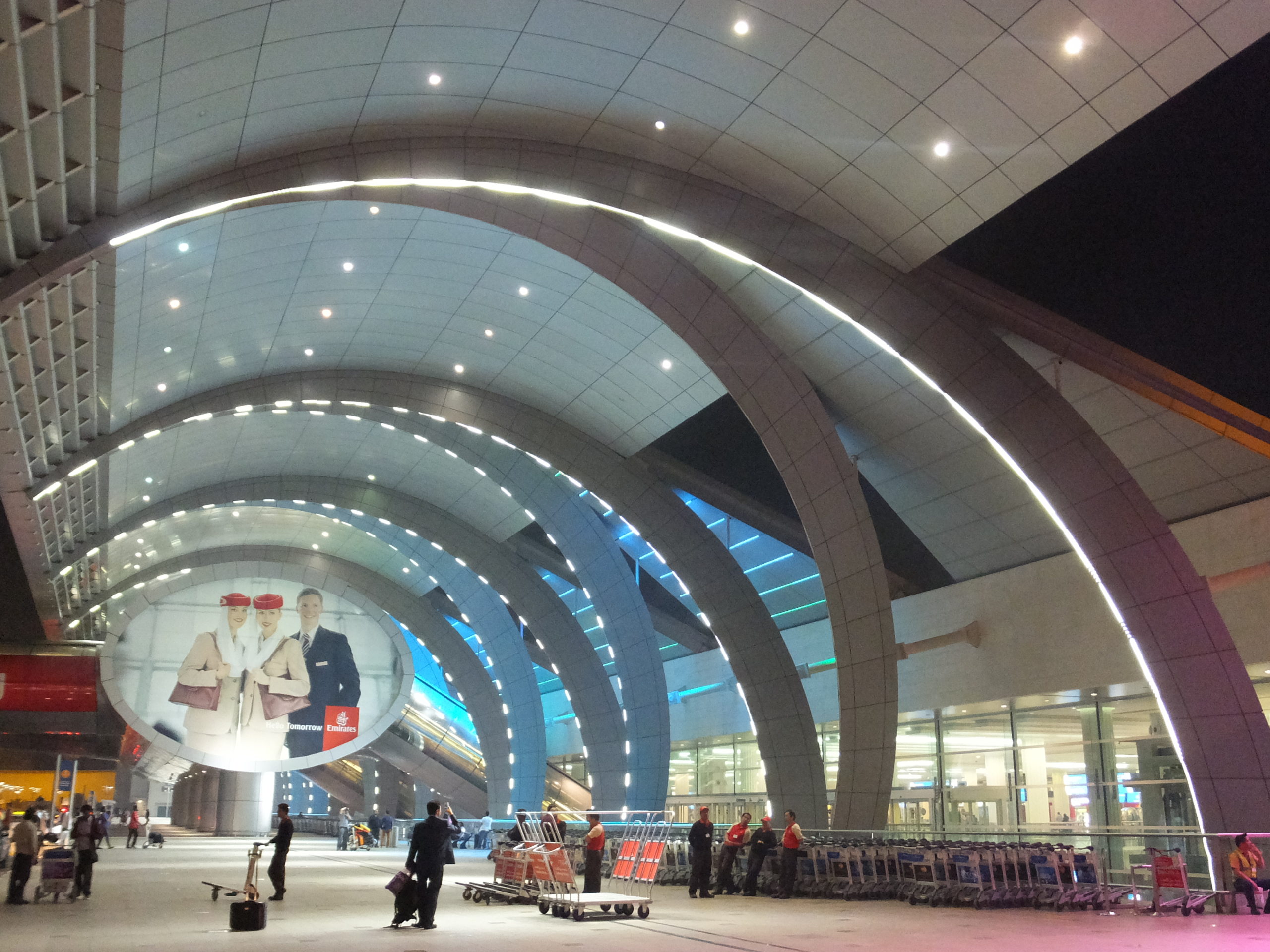Home » airport security
airport security
Stay ahead of the curve with real-time updates, expert insights, and breaking news from the global security industry. At Security Buyer, we bring you in-depth coverage on the latest trends, innovations, and developments shaping the world of physical, cyber, and operational security.
Check back regularly for the latest updates, and be sure to become a Security Buyer member to get access to our newsletters, videos and latest issues giving you direct access to top security stories as they happen.
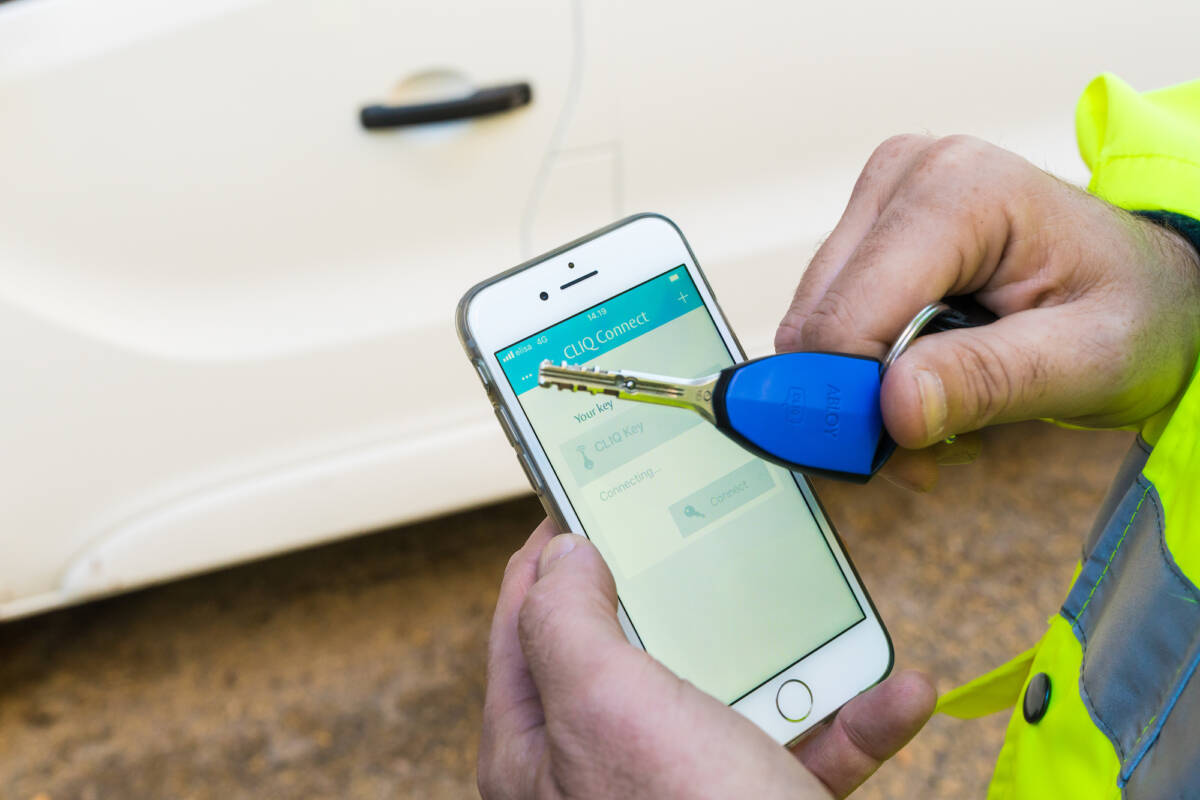
Flight risk: Access control to mitigate airport power outages
ABLOY UK, Access Control, airport security, assa abloy, security, Surveillance, video security, video surveillance
Amidst recent news reports of power outages at a UK airport, Abloy UK is highlighting the need for effective access control solutions…
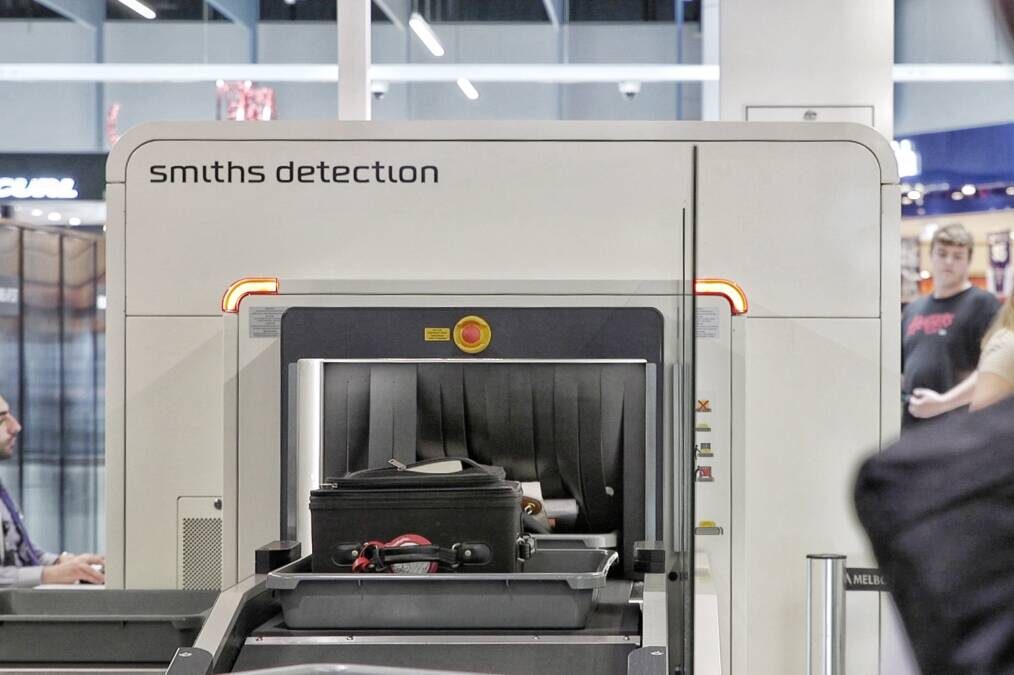
Smiths Detection Selected by Zurich Airport
airport security, Smiths Detection, Surveillance, video security, video surveillance, Zurich Airport
Smiths Detection announced that it is partnering with Flughafen Zürich AG (Zurich Airport) to trial the use of the industry…
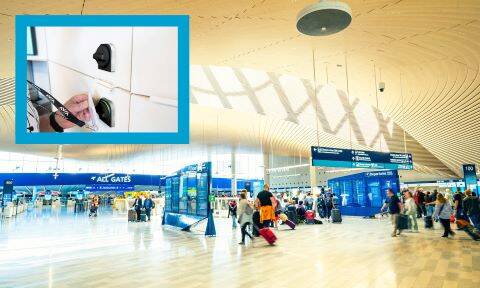
Helsinki Airport improves regulatory compliance with digital cabinet locks
airport security, ASSA ABLOY Opening Solutions, helsinki, Surveillance, video security, video surveillance
Helsinki Airport aims to improve its regulatory compliance and passenger safety with ASSA ABLOY Opening Solutions’ digital cabinet locks




